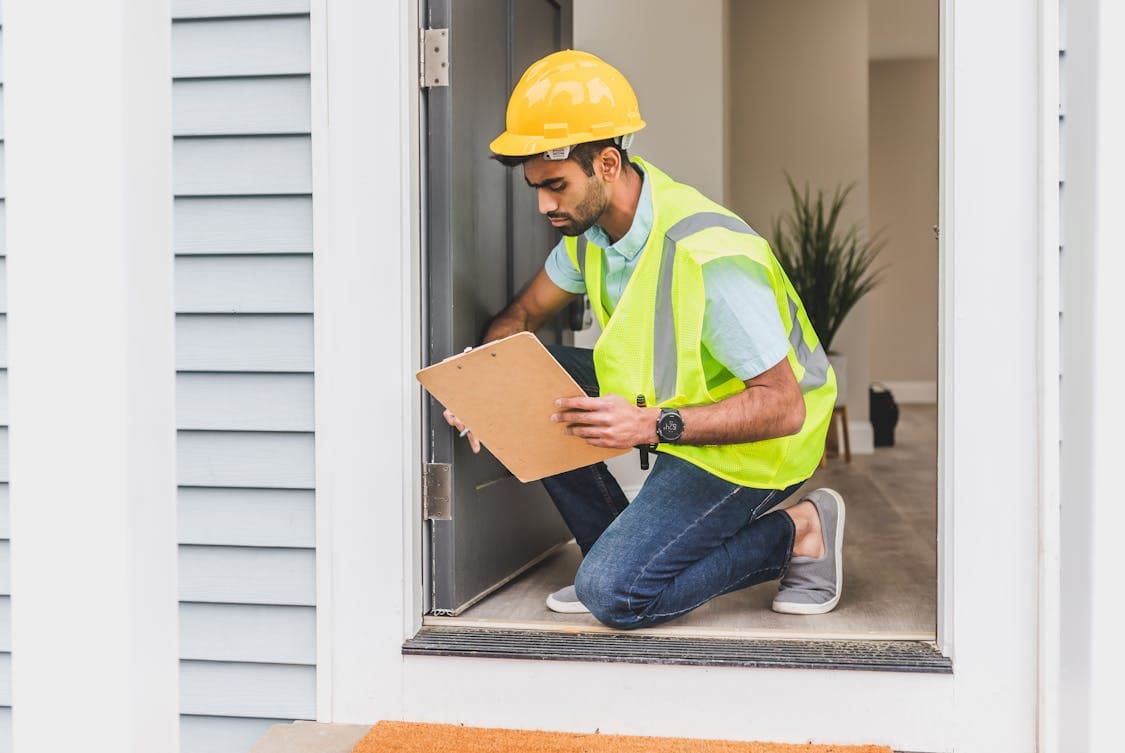
Do regular inspections really stop pest infestations before they start? Many homeowners and property managers wonder whether a steady routine of checks is worth the time and money, or if it merely delays the inevitable.
This article walks through how inspections function, what they catch, and where they fall short.
How inspections work
Inspections are systematic checks of a structure and its surroundings to spot pest activity, entry points, and conditions that attract unwanted guests. Inspectors use visual scans, probes, and sometimes traps or moisture meters to gather evidence and build a picture of risk.
The process often includes record-keeping and recommendations, so follow-up actions can be tracked over time. Repeated inspections create a timeline that helps detect trends, such as seasonal increases or slow-developing problems that a single visit would miss.
Common pests and entry points
Rodents, ants, cockroaches, termites, and stored-food insects top the list for homes and small commercial sites. Each species favors particular entry routes: tiny cracks and pipe penetrations for roaches, gaps under doors for rodents, and wood-to-soil contact for termites.
Inspectors look at vegetation, gutters, foundation joints, and attic spaces because pests exploit weak spots in the building shell. Seeing signs early—droppings, gnaw marks, mud tubes, or shed wings—lets an occupier act before the problem grows into something that bites off more than they can chew.
Early detection benefits
Catching pest activity in a nascent stage limits population growth and reduces damage, which keeps repair bills down and health risks lower. An ounce of prevention is worth a pound of cure: small fixes like sealing a hole are far cheaper than structural repair or replacing contaminated food.
Inspections also clarify what the real problem is, avoiding guesswork and wasted treatments. By identifying which species is present, targeted strategies can be used that are more effective and less disruptive.
Frequency and timing of inspections
How often you inspect depends on property type, history, and local pest pressure; high-risk sites need more frequent attention than low-risk ones. Seasonal patterns matter: many pests ramp up in warm, wet times, so timed checks can catch predictable surges.
Monthly, quarterly, or annual intervals are common choices, but adaptability is useful—if signs appear between scheduled visits, an extra check makes sense. Regular cadence builds a habit and a record, which helps spot anomalies that a single inspection would miss.
DIY inspections vs professional checks

Homeowners can perform basic walkthroughs, noting droppings, water leaks, or doors that don’t seal; these quick looks help nip small issues in the bud. A DIY approach is inexpensive and keeps residents engaged with their property’s condition.
Professionals bring training, tools, and experience that reveal subtle signs and likely hidden entry points; their reports guide targeted treatments. Combining both approaches—owner vigilance plus periodic professional evaluation—tends to offer the best balance of cost and effectiveness.
For more complex or recurring problems, calling licensed pest control experts ensures that inspections and treatments meet industry standards and deliver long-term protection.
What inspectors look for
Inspectors scan for active pests, evidence of past infestations, and environmental factors that support pest life: moisture, clutter, food availability, and easy access. They also test structural integrity around joints, vents, and utility lines where pests often squeeze through.
Attention is paid to sanitation in kitchens, storage areas, and waste handling because poor housekeeping feeds many infestations. Notes on landscaping and drainage complete the picture, since the outside environment directly affects inside risk.
Preventive actions that follow inspections
Once issues are logged, typical steps include sealing gaps, improving ventilation, repairing water leaks, and changing storage practices to reduce food sources. Simple fixes like replacing weatherstripping or installing door sweeps can shut down common access routes.
In some cases, baiting, trapping, or localized treatments are used to reduce existing populations while nonchemical measures prevent return. The aim is a layered response: block access, remove attractors, and lower resident numbers when present.
Limitations of inspections
Inspections are powerful, but not foolproof; hidden infestations in wall voids, below slabs, or inside deep insulation can escape detection until signs become obvious. Some pests reproduce fast, so even a recent clean inspection might not prevent a sudden flare-up if conditions change.
Human error, inadequate follow-up, or failure to act on recommendations also blunt effectiveness. Inspections reduce risk and lengthen the time before problems grow, yet they cannot guarantee zero incidents in every situation.
Cost-effectiveness and value
Regular inspections carry a cost, but they often save money long term by catching problems early and avoiding expensive remediation. For many property owners, the math favors periodic checks, especially where prior infestations or high local pest pressure exist.
Value rises when inspections include clear, prioritized actions that occupants can implement fast. When the suggested fixes are small and sensible, the return on inspection investment can be immediate and measurable.
Behavioral changes that matter
Inspections only pay off if people act on findings: sealing, cleaning, and modifying habits reduce attractants that invite pests back. Small behavioral shifts—properly sealing food, fixing drips, and reducing clutter—combine with physical repairs to create a less hospitable setting for invaders.
Training staff or household members to recognize early signs increases the chance of quick reporting and response. When everyone chips in, inspections move from a one-off event to part of everyday care that keeps things on track.
Technology and evolving tools
Modern tools—infrared cameras, moisture meters, and digital mapping—help reveal issues that the naked eye might miss, making inspections more precise. Digital reports and photos create a clear trail that supports targeted follow-up and helps track progress over time.
Sensors and remote monitoring bring an extra layer of vigilance for high-risk locations, letting teams react faster than periodic human checks alone. When tech and human insight work hand in hand, the odds of catching trouble early improve noticeably.
Risk management and insurance
Inspections feed into a broader risk plan by documenting preventive measures and shaping maintenance priorities that insurers and regulators may expect. Regular documentation can support claims or reduce liability by showing proactive care.
Some insurance policies offer incentives for documented maintenance, which turns inspections into a financial as well as operational tool. Treating inspections as part of a risk toolkit makes them more than a checkbox—they become a practical line of defense.
Operationalizing an inspection program
A good inspection program has clear schedules, assignment of responsibility, and a system for tracking actions and outcomes; this structure keeps follow-through from slipping through the cracks. Simple templates, photo logs, and short checklists help make inspections repeatable and less burdensome.
Training basic inspection skills to occupants creates more eyes on the ground between formal visits. When routines are set and records kept, small problems get handled before they turn into major headaches.

